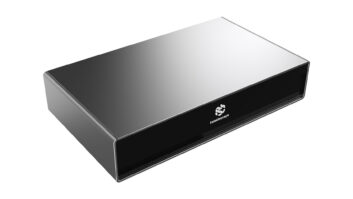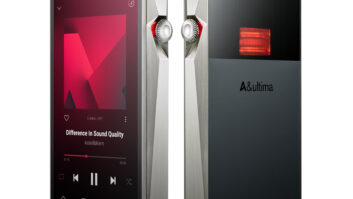
ThinkStock Image
If you’ve been in this business for any amount of time—and plan on staying in business in this industry—then you’ve undoubtedly got war stories to tell about how you/your company went above and beyond to make sure a client was taken care of. After-hours phone calls and emails, weekend service calls, cutting a vacation short to get back, loaning a piece of gear from your own system, driving to go pick-up a part…basically just doing whatever it takes to ensure that the situation is handled.
One of the things we sometimes take for granted is that part of what enables us to deliver this level of service is the premium gear we install. Sure, we probably talk the customer up on it at the time of installation, but focus more on things like build quality, performance, stability and things like that.
And it’s all true; the upper-echelon gear we spec into jobs is generally more reliable. We probably don’t explain to customers, however, is that this gear often comes with a level of back-end support that far exceeds regular “consumer” gear. When things are working, no one thinks about the tech support teams that companies have on hand. It’s not until things go sideways and you need help right now that you really appreciate having that support system behind you. And while our customers will likely never experience this support first hand—or want to think about their new system breaking or having an issue—it’s that support behind us that helps make sure any problems are rapidly handled.
I had an issue recently at our “mega job” where, after two years of operation, the system started acting up. The first thing the client noticed was a Control4 component that kept disappearing from the network. Because it was the home’s audio matrix controller, this meant that they were unable to turn rooms on or off or control the volume once it fell off. We rebooted the unit, re-flashed the programming, rolled back the firmware, and eventually just replaced it with another unit we had in stock. Whatever it takes, right?
But the problem persisted. While our Control4 rep felt it was stratospherically unlikely that we had two bad controllers exhibiting the same issue, he volunteered to pull his audio matrix from his system and send it to us to test. A couple of days later when the homeowner was throwing a large party—of course—I got a very frustrated phone call at about 8 p.m. saying they were trying to watch a movie in the theater and the Kaleidescape player kept quit playing and saying “unable to connect to server.”
I called Kaleidescape and they were able to log into the system and search back through the player’s logs and pinpoint that about 10 days prior—coincidentally when then Control4 audio issues started happening—the player started having a lot of communications issues. The player appeared to be functioning normally but just keep losing connection. The tech suggested a variety of troubleshooting steps but felt pretty strongly we were having a network issue.
Fortunately, we had Pakedge standing up on our network wall. Kind of like our own Night’s Watch, I knew that if it was something with the network, my seven kingdoms of Westeros would be safe.
I’ve worked with a lot of companies over my years in this industry, and often get “preferential” treatment because of my affiliations with Resi and Sound & Vision. (I’ll be honest, reaching out to a PR contact that you’ve built a relationship with and asking if they can route you to the right person often greases the wheels…) But of all the companies I’ve worked with, I think Pakedge far and away delivers the best support. And when they say they will help you with your network, they mean they will stay on the phone for AS LONG AS IT TAKES. (I experienced this during our initial setup and configuration of the network and wrote a post on it titled “The Day Pakedge Steve Became My Network Tech Support Jedi Master.”)
So, the next morning I went to the home with a tech and we called Pakedge and were lucky enough to get Cody on the phone. I explained our issues and Cody dug into the network; one that consists of 112 wired Ethernet connections spread across multiple different managed switches. Cody did some configuration changes, had us check this and that, and searched back through the logs and also saw a lot of odd issues and loss of communication that started around 10 days ago.
When presented with this information, the house manager eventually volunteered that there had been a complete power loss to the house; there was an issue with the generator transfer switch, then an issue with the generator, and there had been some major power disruptions that happened—you guessed it—10 days ago. You know, information that would have been nice to know.
Because of the tools Pakedge had within their hardware, Cody was also able to identify a component on the network that was spewing out a ton of garbage packets on the network. We disconnected the component and the noise went away. But to be sure that we were covered, Cody also overnighted us two new 24-port switches for our rack—with prepaid return labels.
Do products like Pakedge and Kaleidescape cost more? Yes, of course. Do they deliver better performance when they’re up and running? Absolutely. But it’s when they are down and there is trouble where they really prove their premium worth.







